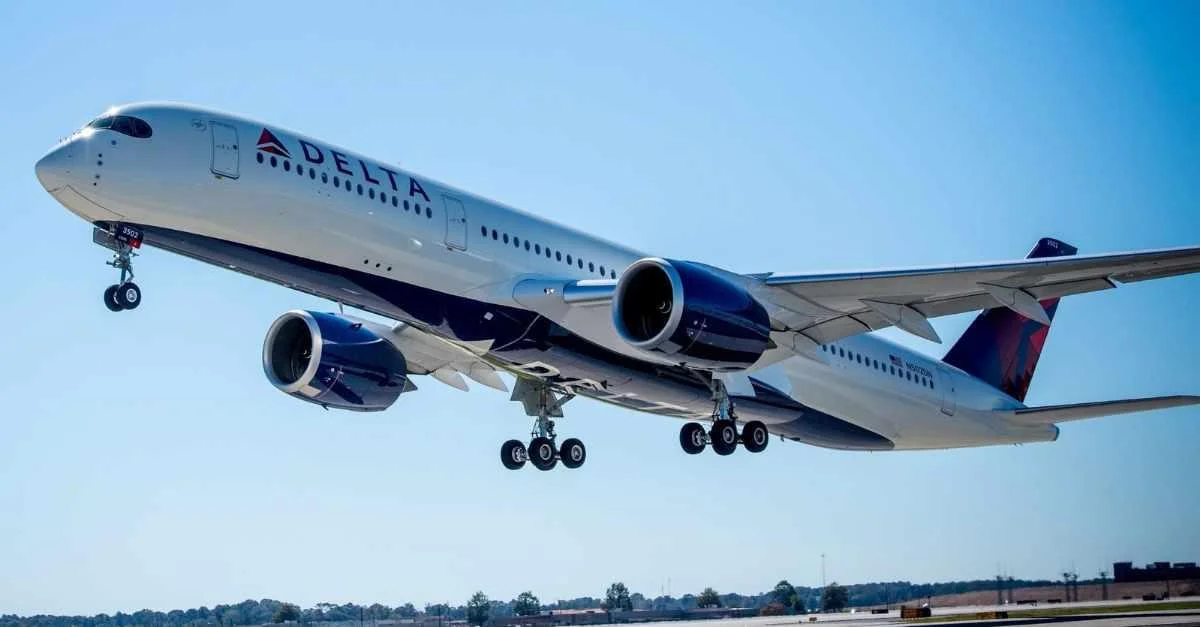Efforts to reduce carbon dioxide (CO2) emissions are a top priority for major aircraft engine manufacturers. However, the air transport industry also faces the challenge of mitigating environmental damage from other engine emissions, including contrails formed by water vapor, nitrogen oxides (NOx), sulfur oxides, carbon monoxide, soot, unburned hydrocarbons, aerosols, and traces of hydroxyl compounds.
The complexity surrounding how Original Equipment Manufacturers (OEMs) can reduce and mitigate various non-CO2 emissions has resulted in the absence of legally binding mandates. Nonetheless, these emissions remain a priority for regulators. While increased use of sustainable aviation fuel (SAF) is part of the solution, manufacturers continue to focus on design changes to engines and potential adjustments to flight operations that could reduce emissions.
In March, the Federal Aviation Administration (FAA) announced plans to collaborate with Pratt & Whitney, the Missouri University of Science and Technology, Aerodyne Research, and the Environmental Protection Agency as part of its Ascent program. The initiative aims to better understand and reduce the environmental impact of such emissions by measuring them from a Geared Turbofan (GTF) combustor rig test stand using conventional jet-A fuel and a 100% blend of SAF based on hydroprocessed esters and fatty acids synthetic paraffinic kerosene.
 Alerts Sign-up
Alerts Sign-up



































